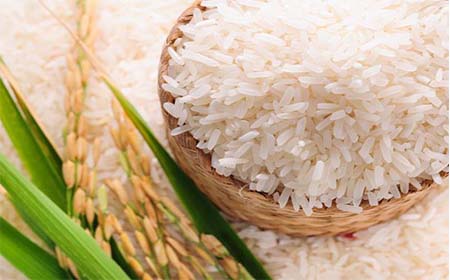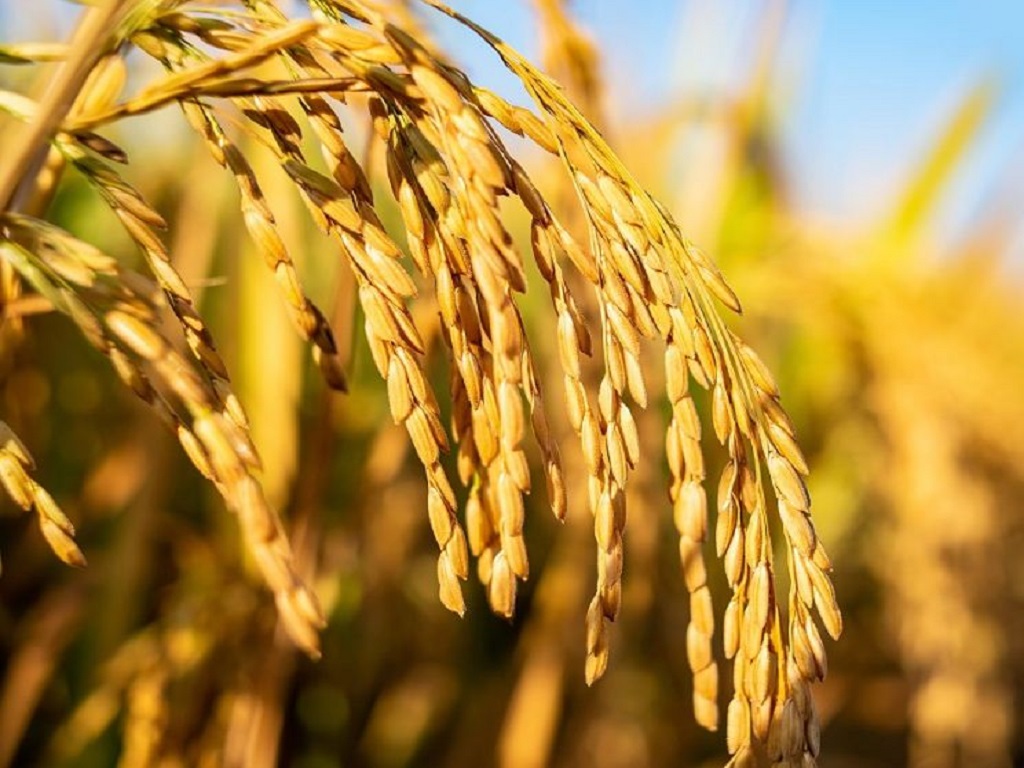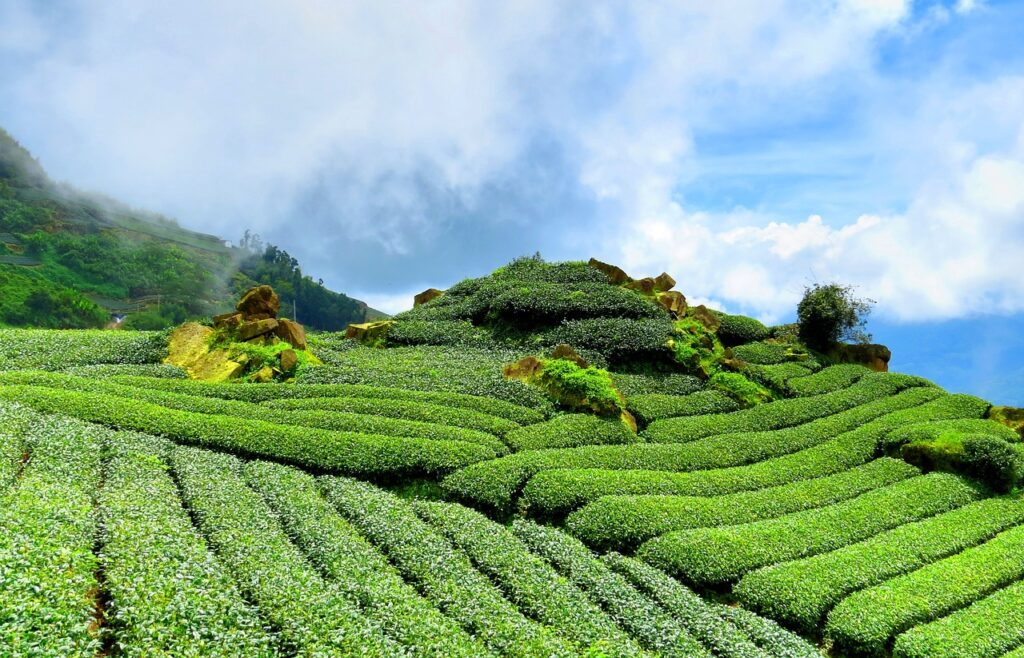What is Tea Blending?
By definition, tea blending is the simple process of putting teas of different characteristics together to form a final product. The golden rule behind tea blending is to achieve consistency in taste, aroma, and color while reflecting the nuances of its different components.
However, a tea blend may be the combination of any type of tea and/or other ingredients. There is hardly any science behind any blends but it’s an artistic representation that drives any blenders to the creation of any unique blend. There are tea blends that feature all-natural, raw ingredients. But there are tea blends that feature flavorings or essential oils, too.
But why do we emphasize tea blending more?
In true terms, tea blending is associated with black tea production. Many blends require a specific taste by the companies for their house tea. For example, blends like English Breakfast, Earl Grey, Irish Breakfast, and others the blends are very specific and unique. It’s the biggest challenge for any Tea Taster to create and maintain such unique blends for the tea companies, throughout the year in every batch as a “Standard” in the industry, so that when a consumer next purchases the same tea he/she will not be able to detect a difference in flavor. The blending of tea allows consistency of the quality on a large scale. This, in turn, propels the commercialization of tea in the world. With the modern-day lifestyle coming into the picture, contemporary blends touch on various aspects of healthy living and lifestyle for people.
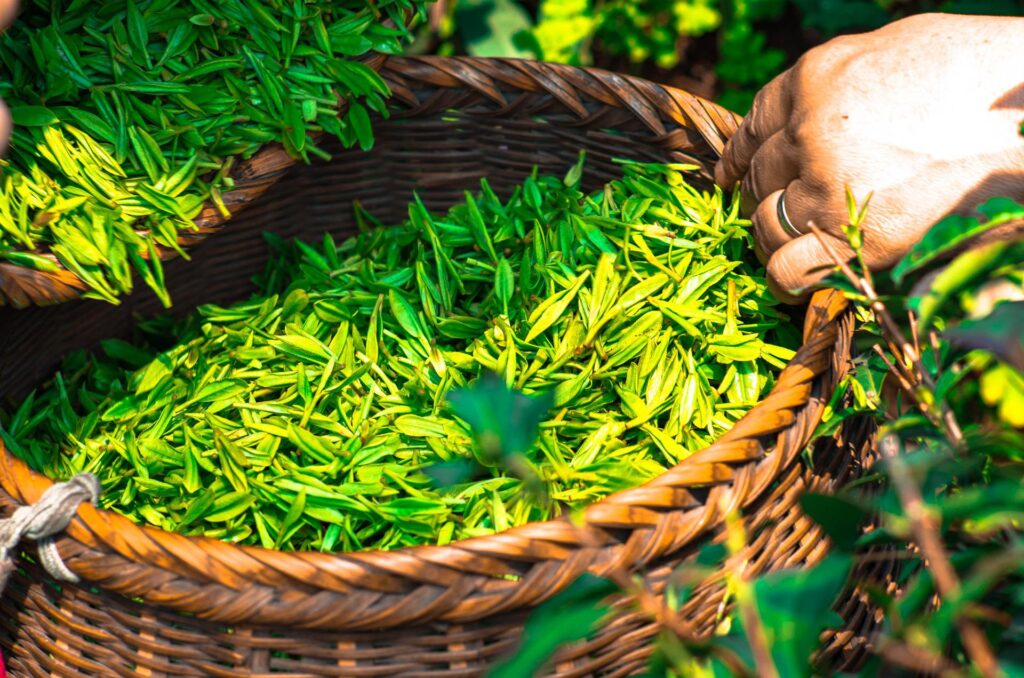
But there are times that you may come across just one pure tea that offers all the flavors that could be from a blend. However, chances are there that one pure tea can be in short supply and often much more expensive. Now commercially as a viable option sometime where tea blending can come in as a great solution.
That’s why we find three main reasons for tea blending:
- Blending is a way of ensuring consistency of batch on a mass scale commercially.
- Blending tea leaves with herbs and spices for holistic health as a major purpose.
- Blending, scenting, or flavoring teas is a way of adding interesting and more complex flavor notes.
Tea Blending is an Art…. an age-old tradition.
The formula for blending tea lies in certain important parameters. An in-depth understanding of the diverse tea varieties, their flavors, textures, origin, measurements, and much more are required for Creating desired taste, aroma, and color. There is no such thing as a fixed tea blending formula. The actual tea blending process completely depends on the goals one is trying to achieve. Be it a certain flavor or scent, depending on the requirement, blending is done. The process of blending is not new, rather it is going on for ages. However, in today’s world, health-conscious consumers look for certain blends which offer them health benefits along with unique tastes and aromas in the tea. But, what’s good to me might not be good to someone else as we all have different taste preferences. That’s why “balance” is the key to a great blend. Ultimately in tea blending, it is important to get your base, middle and top notes to all work in perfect harmony.
This takes me on to the next questions …
How Tea blending is done? What is the tea blending technique?
In a layman’s imagination, the Tea Blending technique is understood as the blending of teas by using the different types of tea as a major component. But Tea is a very fragile plant with the ability to easily receive any aroma. The tea blenders use this fragility to their advantage to create beautiful blends.
That way, we can say that there are Three most common tea blending techniques which are being used in recent times.
- One of the known techniques is the Blending of different types of PURE TEAS. To understand this, we should know the real character of tea leaves. Surprisingly, there is a vast array of different tea varietals, growing conditions, and processing methods. Even when using the same varietal of tea and similar growing and processing conditions, teas grown in different seasons from the same tea plant will develop different characteristics. In the same way, the same varietal of Tea grows at different locations will develop different characteristics. Thanks to the unique terroir of their environment. Ultimately, there are as many different types of tea as there are tea producers. This way for a dedicated tea drinker, there are always new and interesting single-origin teas and tea blends to choose from! To maintain consistency in the taste, aroma, and color blending is done between the pure teas.
- Next comes, the INCLUSION tea blending technique. This method aims at creating an aesthetic variant or adding health benefits to the blend without alteration of the flavor of the tea. Through this, the chemical composition in the blend differs and sometimes certain medicinal elements are also added. Hence the flavor of the tea in this technique becomes the primary factor than taste and aroma.
- Last but not least, is the SCENTING technique. This way a specific aroma is infused into the tea blends to exploit the tea lovers’ sensory tone. The aroma is inculcated either through the surrounding in which the tea variety is processed or added manually. Such flavoring agents are derived either by extracting the essential oils from the leaves, fruits, blossoms, roots, or other parts of a plant or are obtained with the aid of chemical synthesis by a chemist as natural identical flavors. Such artificial flavors are created by altering the chemical structure of a naturally occurring molecule to create a different and more intense compound and sometimes it is used as a cheaper option. Whatever way the flavoring is done, in end the Scenting technique derives its flavor simply from physical proximity to strong flavors. But still, natural flavoring is preferred over any artificial flavoring. Like some jasmine teas may be artificially flavored by using natural identical agents, “real” jasmine teas are scented with Jasmine blossoms which are then removed. Lapsang Souchong is scented by being exposed to the smoke of burning pine root.
True Tea vs. Tisanes!
Did you know not all teas are true teas?
Yes, thanks to health-conscious people and their unique tastes across the globe. out of all the types of tea available in the market, only a few qualify as True Tea. It means the blends made from the leaves of the Camellia sinensis plant are only True Tea. Then, what about the rest? All the other variants come under the herbal tea category or tisanes. These variants not only contain tea leaves but a mixture of bark, flowers, spices, and non-tea herbs, as well. It is interesting to note that in some cases, even the tea itself is opted out. Only the herbs or spices are mixed to create a purely herbal tea variety. The addition of herbs can be to gain a specific flavor or add medicinal value to the tea variant. Different flowers, fruits, and spices are blended to create a new tea variant. Although we colloquially call herbal teas “tea,” they’re not related to true teas. In general, herbal teas contain no caffeine. There are a wide variety of different kinds of herbal teas, including single-ingredient teas like peppermint, chamomile, hibiscus, ginger, lavender, and more as well as creative blends like Lavender, Lullaby, and Atomic Gold.
Principals behind Blending Tea
Now we can say that whatever technique we use for blending tea, the following three principles are behind creating a beautiful BLEND:
- Its Objectives
- True Balance
- Sheer Emotions
OBJECTIVES – What’s our purpose in making the tea blend? How do we want to see our end product? Will it help us to attain wellness with certain health benefits of the additives we use or simply for the gourmet & artisanal factor of creating an exquisitely crafted tea blend that brews well in a cup?
Then, perfect tea blending is all about BALANCE.
- Aesthetically beautiful dried leaves
- Rounded & balance aroma
- Taste & structure of the mouth-feel
- Finish in terms of Color
Last but not least, EMOTIONS play the most vital role in creating a tea blend as an intrinsic factor and remain behind in every successful blending story. Tea blending can be an exercise of empathy when tea leaves, herbs, and others put together, are used to invoke a feeling or to make out a story close to our heart.
We Blend for you
Our Tea Tasters are experts in blending Pure Teas as per our Client’s desired specifications. Our State of the Art factory is located in Darjeeling District inside Tea Garden. The Blending and Packing Machines are the latest in design and technology. For your every requirement please contact us.
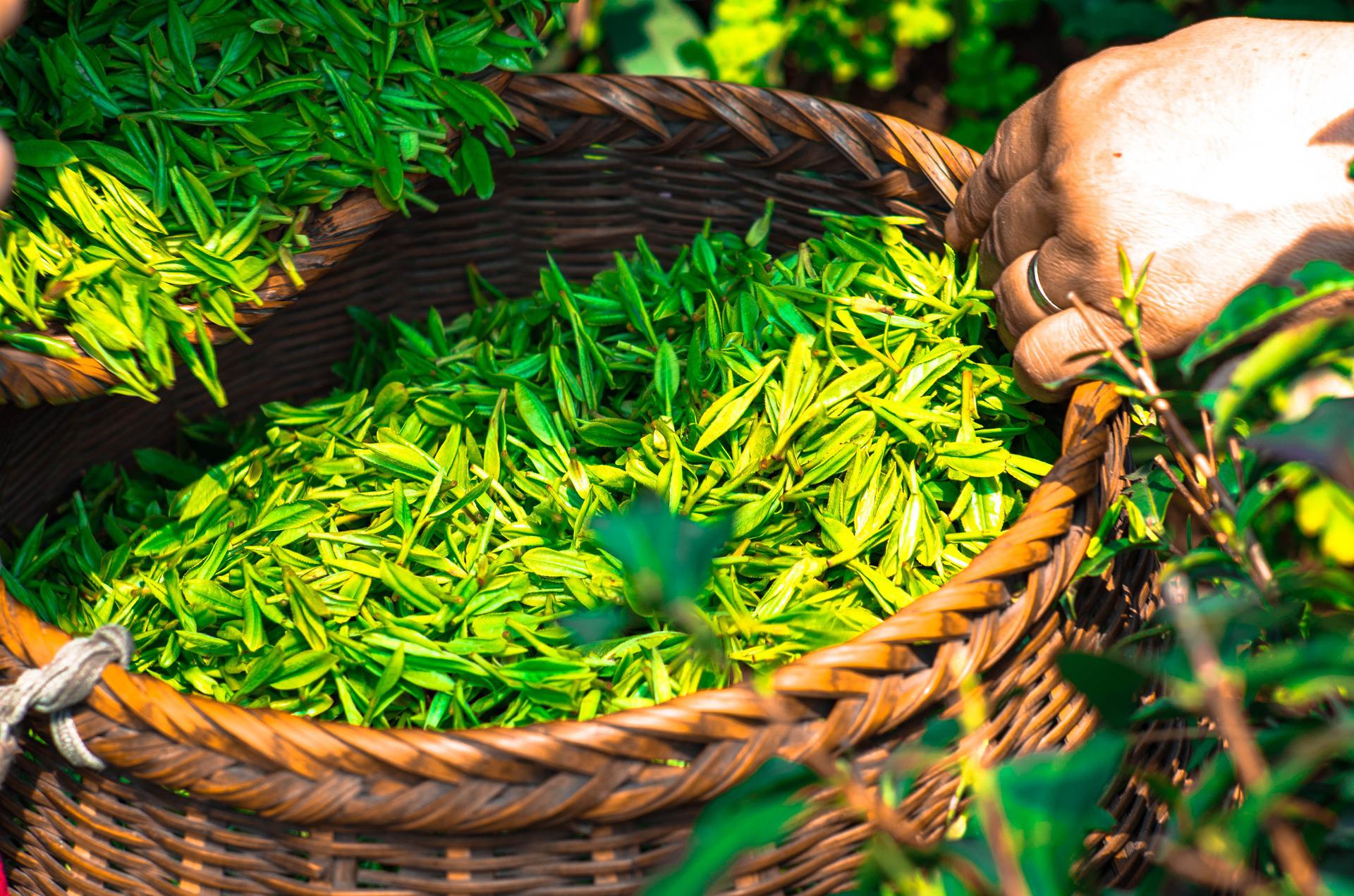
Let's Create some AWESOME blends for you
Reach us to Serve you
For your every blending option, please CLICK the button below:
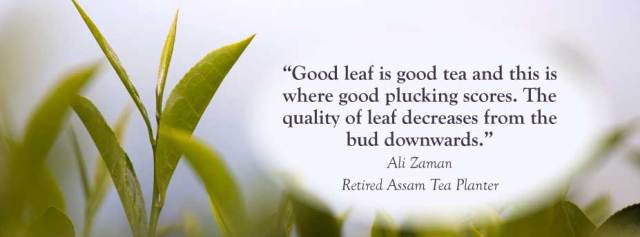
Fair Deal
Honestly Transparent
On-Time Delivery
First time... Every Time
Certified Quality
Open for Inspection

